Teachers Express Concern Over School’s Reopening
Latin in the Fall: Compromising Safety for Togetherness
The Latin School of Chicago’s two bridges connecting the Upper School to the Middle School building.
*Update: On August 4, 2020, the school sent out an email informing students and parents that they have re-evaluated their plans for the 2020-2021 school year. Currently, the plan is for Lower School students to do in-person classes (starting with half days), Middle School students to do hybrid classes (half days in person/half days remote), and Upper School students to do fully remote classes for the first semester.
Head of School Randall Dunn sent an email to the Upper School on June 27 announcing his plans to return to school in the fall, a decision that caught many teachers by surprise. With increasing coronavirus cases and an uncertain future, many teachers don’t want to return to the classroom, and some request that classes continue online in the upcoming semester.
Prior to finalizing the administration’s decision, Mr. Greer sent out a survey and met with the Upper School faculty to discuss their thoughts on returning to school. Ms. McGlinn, an Upper School English teacher, reflects on the conversation: “I came away feeling very heard. I can only speak for myself, but I know many have deep concerns about returning to school for the health of everyone,” she says. She left the discussion with the impression that Latin would resume online classes until coronavirus cases in the city leveled out and more teachers felt comfortable with the situation. “It came, to be quite honest, as quite a shock to hear from Mr. Dunn that we were returning in class because that kind of came out of left field,” she says. “That is not something I felt from our conversations as an Upper School.”
In response to Mr. Dunn’s decision, a group of faculty members wrote a letter to the administration airing their concerns about an in-person Fall semester and requested that the 2020 school year begin in a virtual setting; 75 teachers schoolwide signed the letter before the Faculty Council presented it to the board on July 20. Two days later, Mr. Dunn remained confident in his decision to return to school despite opposition from teachers. “There are certain things that we know for sure. One is that we are going to be in person,” he says. “People want to be in the community.” He explains that the need for connectedness outweighs other concerns considering that he was on the task force for the mayor and the city to come up with some of the guidelines. “Based on the things we put in place, we know we can return to school safely,” he concluded.
Some teachers, like Ms. Kutschke, wish to return to school, too. “I am eager and hopeful to start school in the fall. I really want to get back to Latin and back in the classroom to see my students and colleagues,” she said. On the other hand, she said, “I am concerned about students, faculty, and staff who have underlying conditions and/or are immuno-compromised, or have family members who are, as returning in the fall may pose a huge risk for them.” She felt that the school was doing all it could to create a safe environment: “Latin seems to be doing its best to make the most informed decision for all involved,” she said.
However, many teachers fear that returning to school cannot be safe while also repairing the disconnect between members of the community. Restrictions such as monitored study halls in place of free periods and socially distanced lunches with advisories will limit contact between students and may disappoint those who seek their past social life at school. During online learning last semester, some students would socialize with their friends at home with masks on. In the fall, out of school interactions will be limited by new safety precautions. Mr. Dunn alluded to a pledge that parents would sign, promising to hold their children accountable and prevent students from socializing outside of school. “We will go above and beyond in terms of the guidelines for safety,” Mr. Dunn said.
Mr. Kanai, an English teacher, expressed concerns that the new safety precautions would do little to reassure some Latin students and faculty. “In my opinion, a learning environment must be safe in order to be effective. Above all else, I try to cultivate an environment in which every single student in my classroom feels safe and secure.” He expressed concerns about the equity of returning to the building for at-risk students. As a member of the Chronic Illness and Disability Alliance (CIDA), he fears that returning to school will detriment his fellow affinity members disproportionately; although students with chronic illnesses and disabilities can opt to take classes virtually, he questioned how that will affect their learning experience: “How will their learning be impacted by resuming in person classes?” he asked. “If they elect to stay home, will they receive the same quality of instruction? If they choose to come to school, what kind of health risk does that present?”
Dr. Hooker, an Upper School math teacher, shared similar concerns. “The psychological and emotional burden of school has become so amplified as we manage this virus, and that burden is not shared equally among all members of our community,” she said.
Expanding on Dr. Hooker’s thoughts and his own, Mr. Kanai mentioned that many students and teachers take public transportation to school. He said, “Many of them are BIPOCs, and we’d be asking them to risk exposure for an extra hour or two every day. We know that the pandemic is disproportionately affecting BIPOC communities. How are we making sure that we’re not contributing to this injustice?” Many teachers interviewed had similar questions, including Ms. McGlinn, Mr. Cruz, and Ms. Jones. In the wake of Demanding Accountability, the choice to return to Latin brushes aside the discussions surrounding equity that were so prevalent when students were adjusting to online learning.
Teachers also worry about the quality of their classes at school. Dr. Hooker shared her precautions about changing the structure of her classes, many of which rely on classroom discussion and feedback. “If students can’t share materials, desks are in rows, and we are social distancing, it’s hard for me to imagine anything other than a traditional classroom with the teacher at the front lecturing, which is not ideal.”
Mr. McArthur, another Upper School math teacher, felt similarly regarding the seating structure in his classes. “It’s my understanding that students will be spread around the classroom at individual desks–which is how most of my classes looked when I was in high school and also when I taught in my early 20s in Boston,” he said. “ Next year may be a very different feel than the collaborative environment that is valued by so many Latin teachers.” He fears that Latin may lose its progressive teaching climate in exchange for the safety of the community.
Likewise, Ms. McGlinn worries about the detrimental effects of social distancing when thinking about group work and the mental toll it could have on students. “The idea that all of these kids are going to want to be together, but yet you’ll be masked, you’ll have to be separated, and you won’t be able to work collaboratively, sort of undermines a lot of the learning that we’re going to want to do,” she says. She fears that the lack of interaction in class will hurt many students.
Mr. DiGennaro, the Upper School Chorus teacher, faces an unprecedented challenge. “Playing instruments and singing turns humans into spit fountains, so the vast majority of our usual class activity can’t happen inside, even with masks and distancing.” To combat the inherent health risks of music classes, the department may choose to relocate them to the roof. Although, the unreliability of outdoor spaces considering the weather—especially a few months into the first semester—may present further challenges. The new block schedule only adds to the uncertainty. Is it advisable for students to spend a third of their school day in Chorus or Band? Spending over an hour and a half outdoors practicing could be detrimental to the students’ health, and if music teachers decide to limit the time spent outdoors, how effectively will they be able to teach their subjects?
Ms. McGlinn spoke on the changes within the structure of school: “What we envision as our desire to be back in the classrooms we love, in the assemblies we love—that is not going to be at all the reality of the situation,” she said.
Dr. Hooker corroborated Ms. McGlinn’s fear of Latin not being the same environment as the one the community left in March, but she noted that remote learning takes away from the school experience, too. “Whether we’re in person or remote, there are obstacles and limitations and Latin as we know it won’t be the same,” she said. “Throughout this experience, I’ve realized how much of school is the social interactions between members of the community. Any plan that we implement will be forced to alter and limit that interaction.” She acknowledged the necessity of physical togetherness, yet she knew that whether online or in person, the social element at school next year cannot compare to past years.
Despite the concerns of many teachers, the administration feels sure of their ability to return to school. “There are still important benefits from in person instruction and community that [virtual learning] can’t fully capture,” Mr. Greer said. “We must maximize how safely we experience coming back together.”
The unfortunate reality of in person school is that diverse circumstances challenge the administration’s ability to make the best decision for everyone without forcing teachers to sacrifice their privacy. “We all have different living situations, and I don’t want anyone to have to disclose what their reality is just so they can do their usual excellent job,” Mr. Cruz, an Upper School history teacher, said. “I have faith in our leadership to listen to us and make good decisions for the community.”
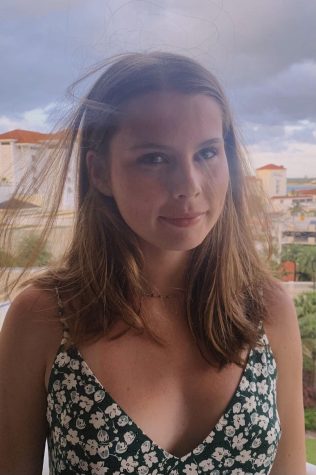
Marin Creamer ('22) can’t wait to serve her first year as an Editor-In-Chief for The Forum. Writing and editing for the publication has been...
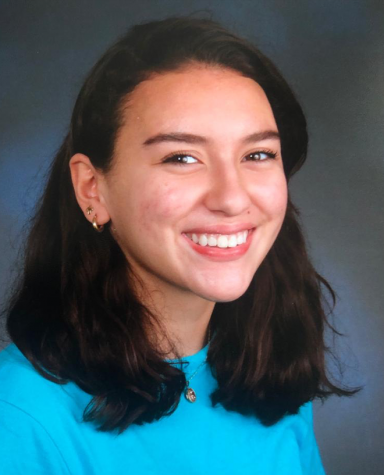
Angela Gil (’21) is a senior at Latin and is honored to be serving as The Forum’s Features Editor. She has written for The Forum...

Paige Hosbein (‘20), a senior, served as the inaugural Executive Media Editor. A self-proclaimed “news junkie,” Paige loves that journalism can make...














































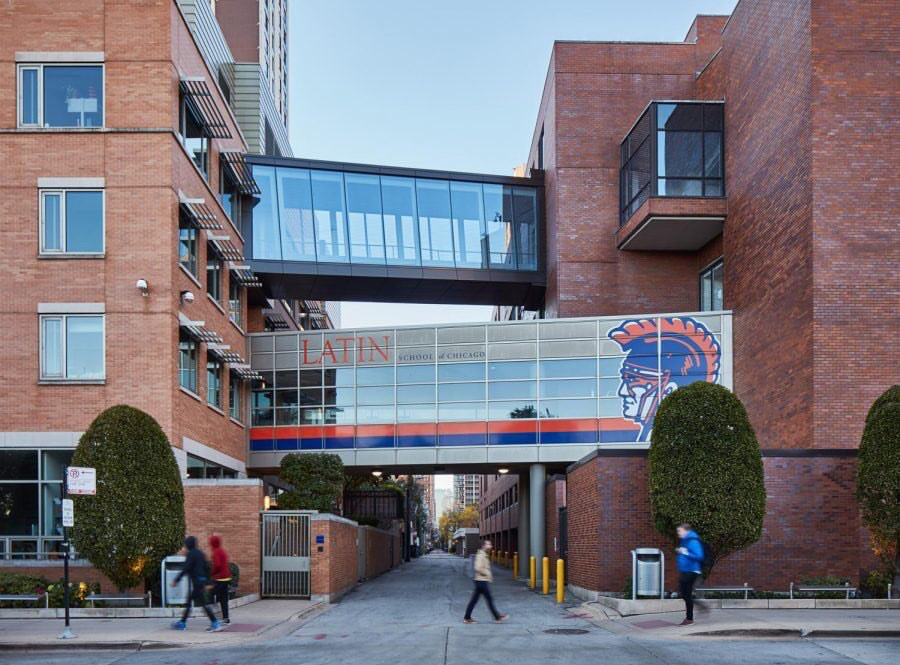
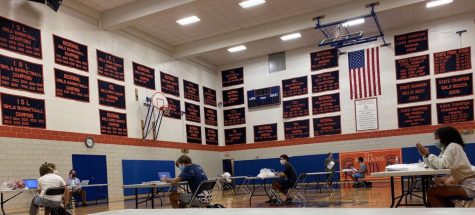
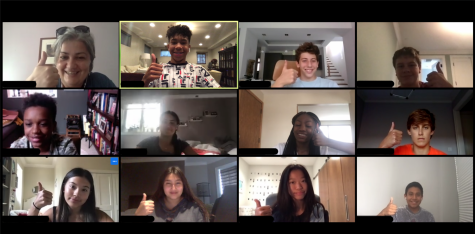
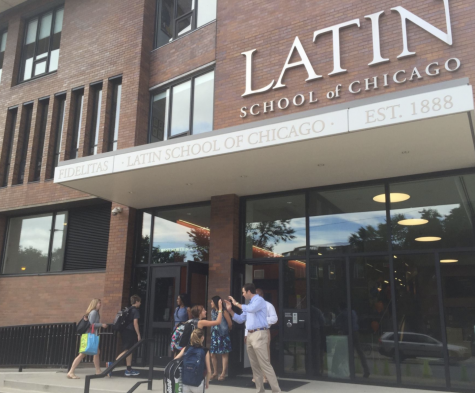
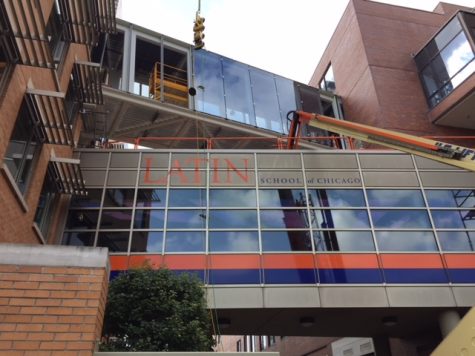
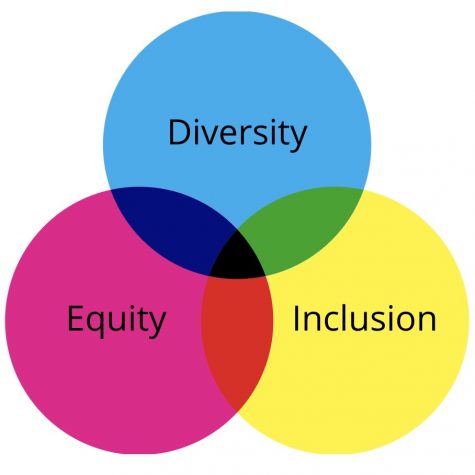
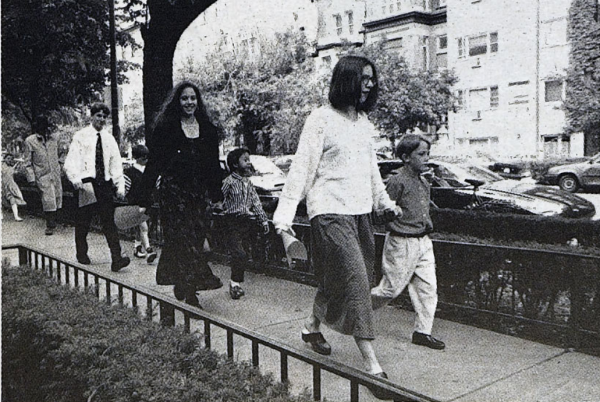



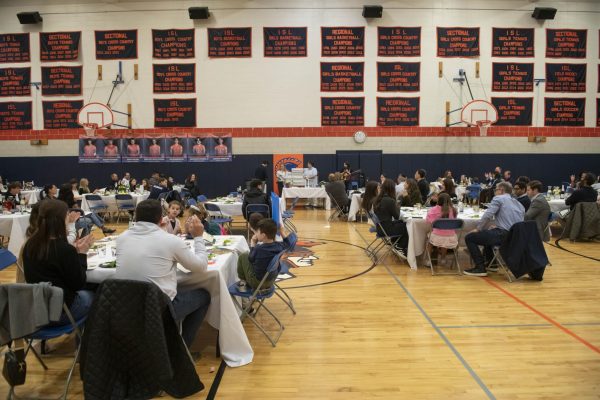

Caroline Creamer • Jul 31, 2020 at 3:33 pm
So proud of my little sis 🙂 Thank you to everyone involved in creating this amazing and informative article!!
Sebastian Valenzuela • Jul 31, 2020 at 10:41 am
This is a great article! The disconnect between the administration and faculty has never been so obvious. Returning to school puts the health and safety of any given person in the hands of the rest of the community. The risks outweigh the benefits. Thank you to the teachers included for their bravery in sharing their concerns. We support each of you and your families!
Gabriel Di Gennaro • Jul 31, 2020 at 9:52 am
Thank you three for this piece. There are so many challenges to face with this, and I appreciate your ability to present a large amount of them in a smooth and thoughtful manner.